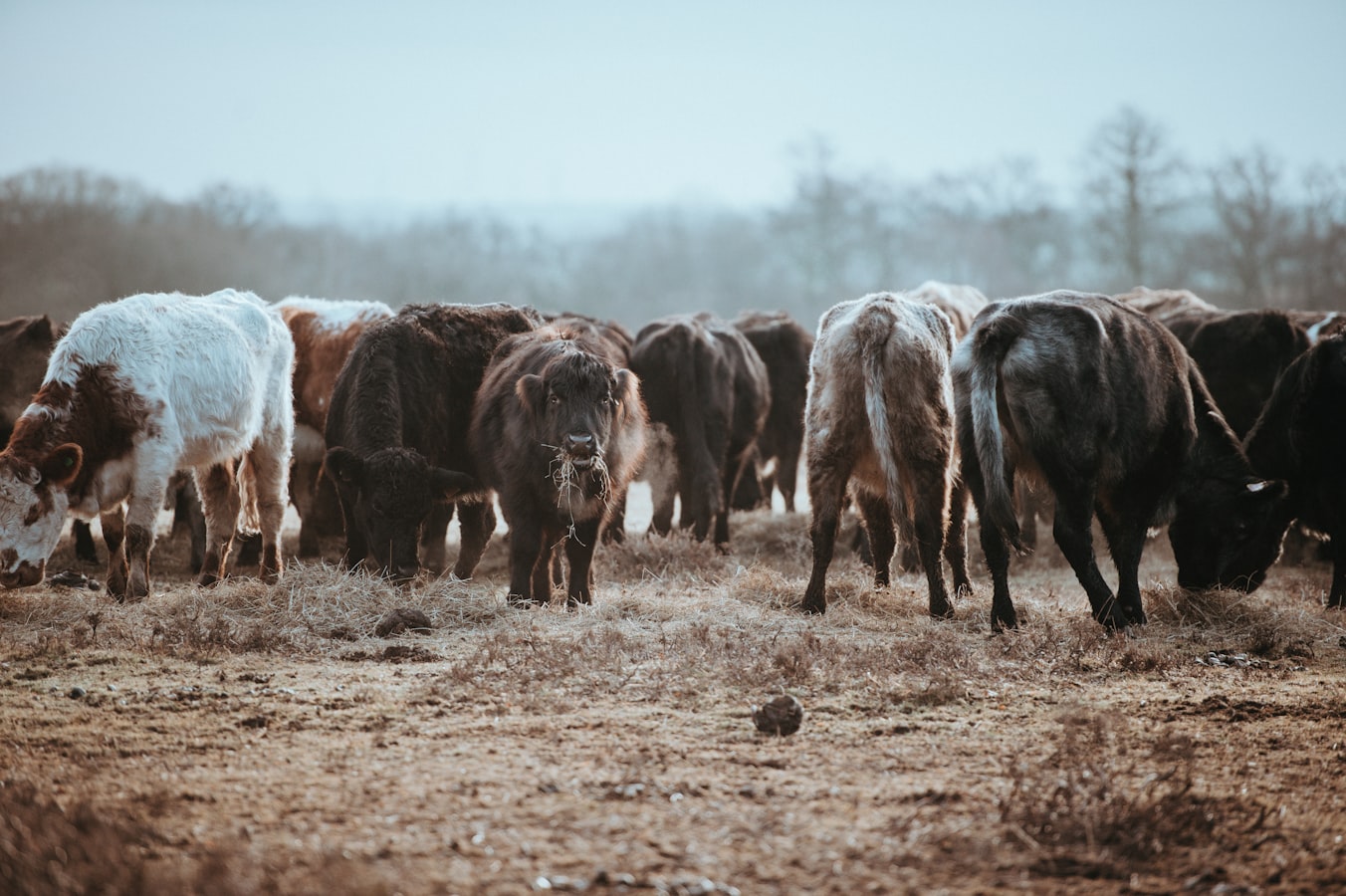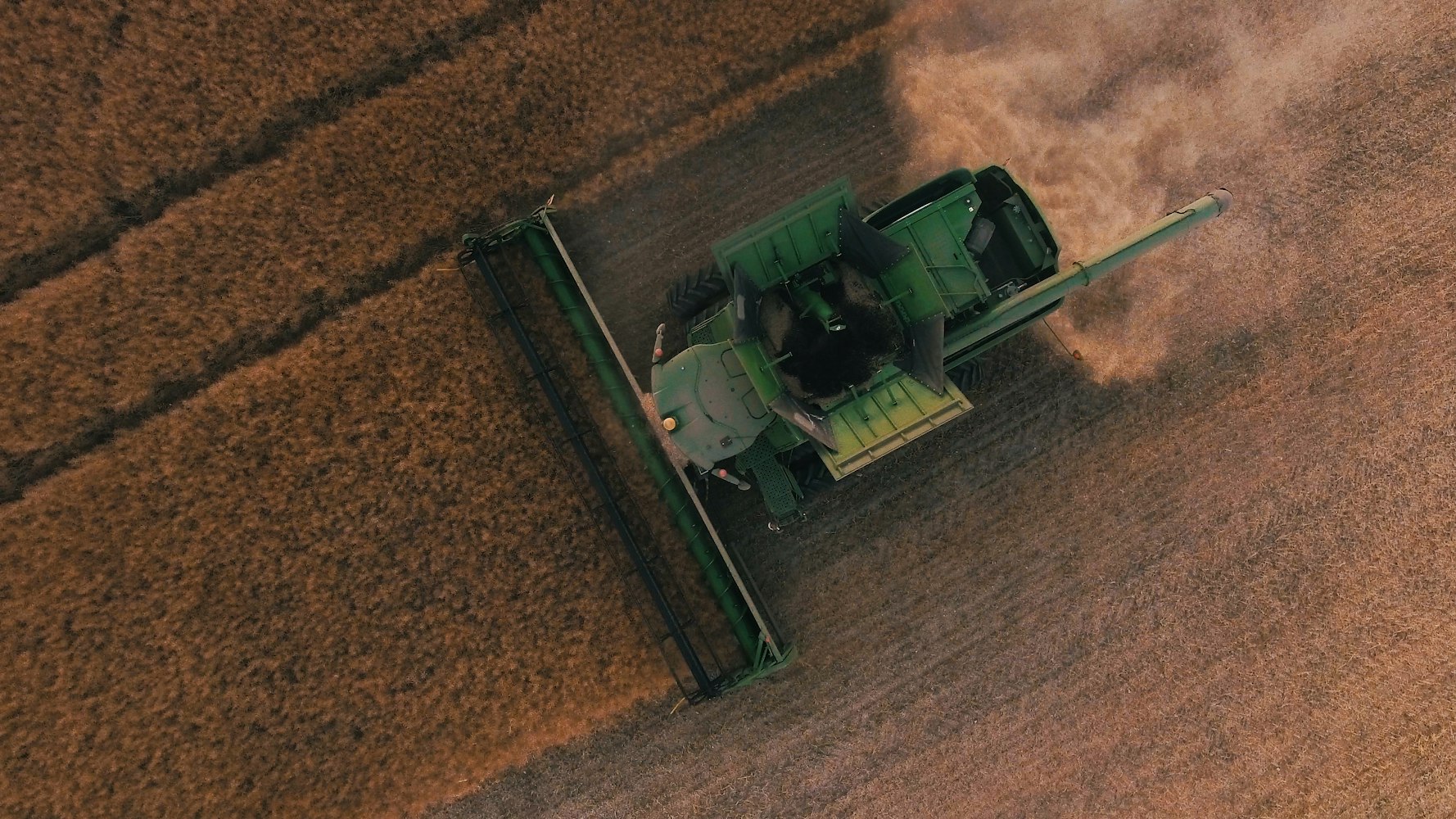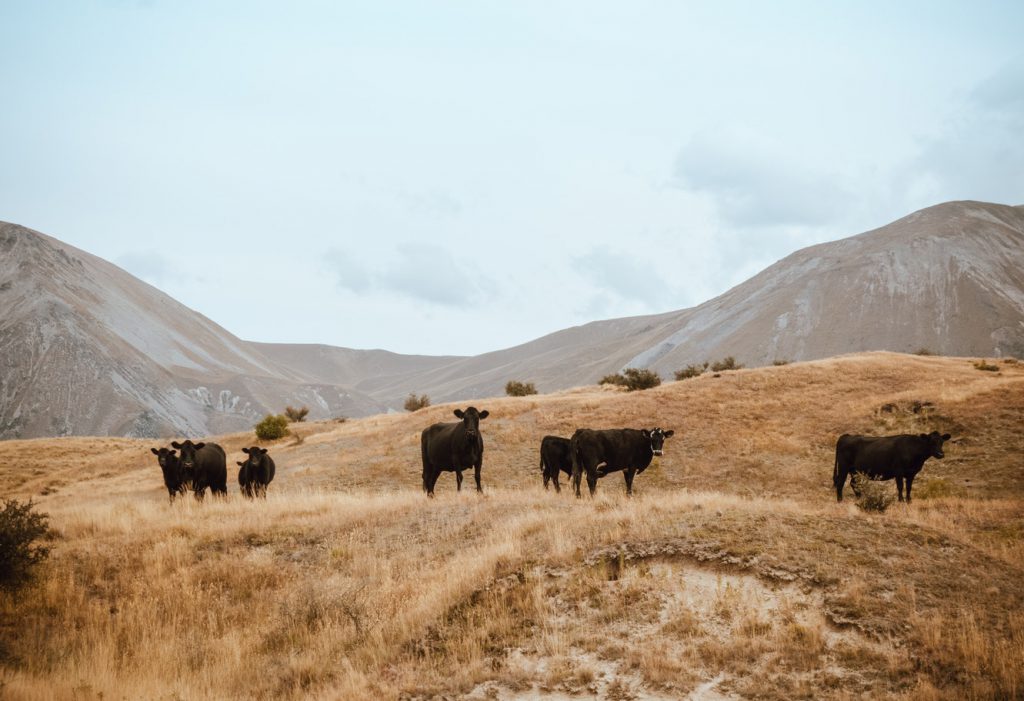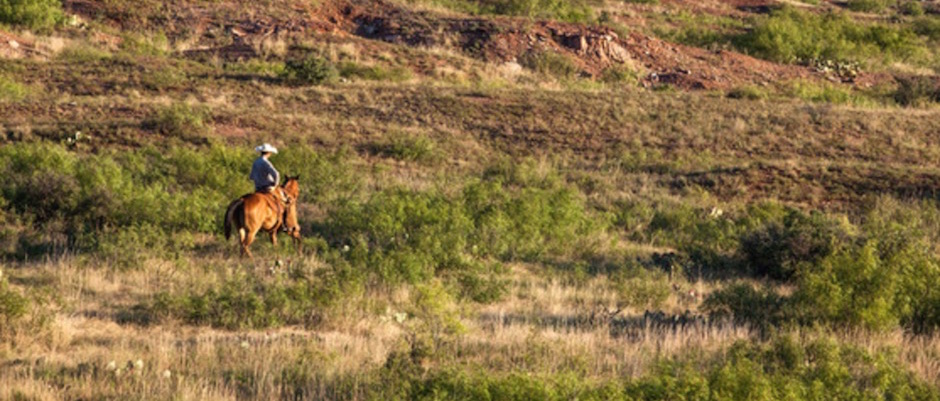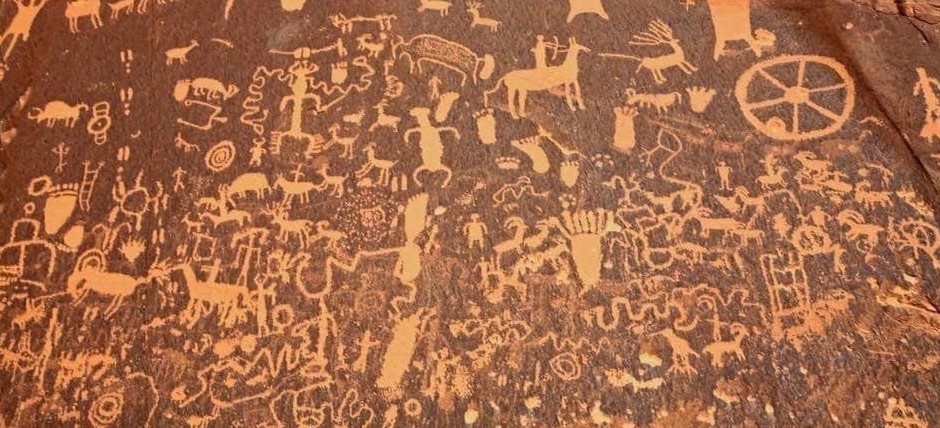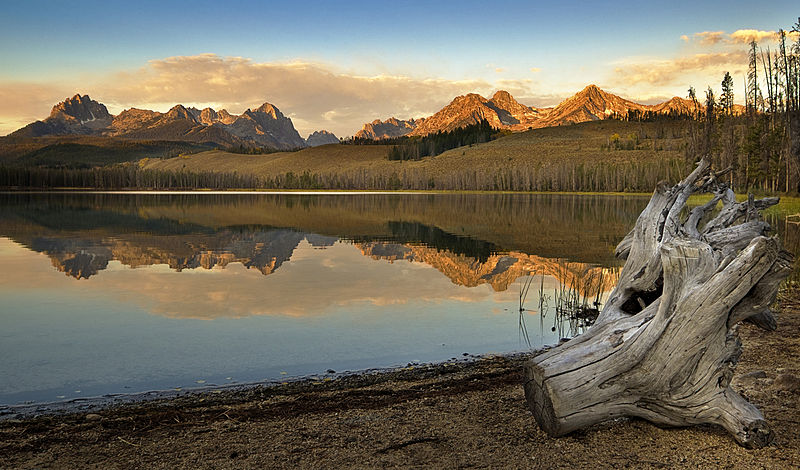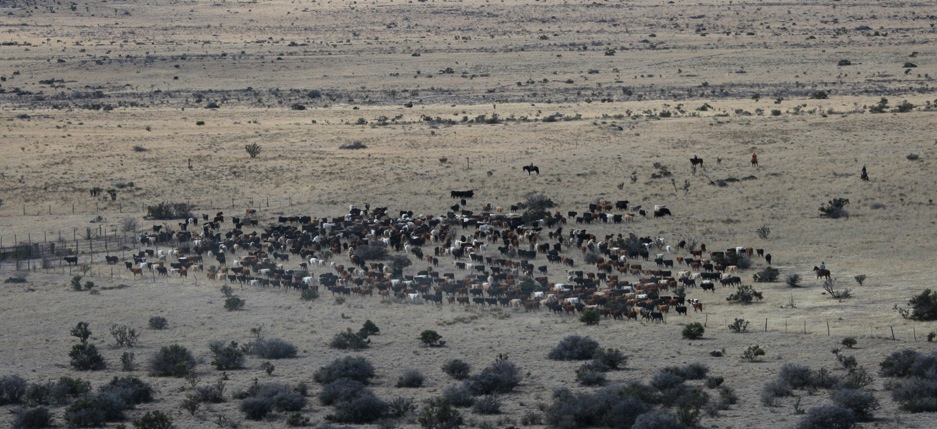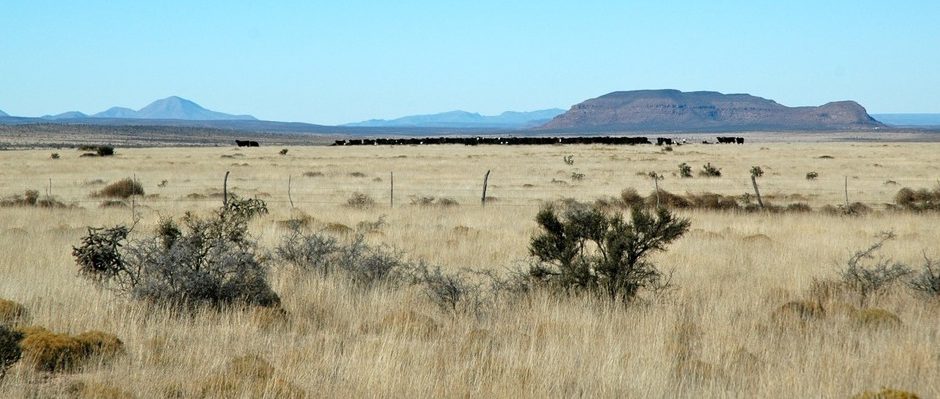Institutions
Pushing the boundaries of current practice—and thought.
Over time institutions—land grant universities, state and federal conservation agencies, NGOs and grassroots conservation organizations and big business—have become as inextricably linked as the ecosystems they explore, manage and regulate. While close association strengthens the network and can improve cooperation, it can also lead to a narrow-minded group think. Unfortunately, complicated natural resource issues can rarely be solved with a single, silver bullet solution.
In the mid-20th Century, technology and chemistry began to replace manpower in agricultural production. More people moved to the cities. Efficiencies gained through chemical fertilizers and pesticides, allowed fewer people to produce more livestock and crops at higher levels intensifying and industrializing agriculture. Monocultures are easier to manage than diversity.
Large agri-chemical companies benefited. More inputs meant more money. The giants funneled research dollars targeted to the use and application of these inputs into universities and government agencies. Generations of researchers, regulators, conservationists and producers have been indoctrinated with the idea that better living could actually occur through chemistry.
Consolidation and economies of scale further intensified production. Independent producers slowly gave way to large-scale corporate farms and confinement livestock operations with attendant environmental issues. Lags in yield were compensated for by the addition of chemicals and intensifying management practices.
When, in the late 1980s, the notion of wildlife management on private lands began to take hold, practitioners reached into the same bag of tools that prompted the industrialization of agriculture. Brush was sprayed. Eventually deer were penned.
The land, the water, the wildlife and the web that interconnects them can only be manipulated so far before nature’s balance is disrupted. Organic matter disappears. Soil microbes perish. Water runs off and evaporates. Native vegetation dies. Diseases emerge. Species die.
Today, the natural world is precariously out of balance. And yet, instead of looking at the whole and attempting to move its diverse parts into alignment, our conservation institutions continue to treat the symptoms with prescriptions that don’t cure the underlying illness.
It is self-preservation. Without funding, they cease to exist. As a result, the status quo dominates science and the natural world suffers for it.
Now is the time to learn from our mistakes and think beyond the ineffective ruts of tradition.



